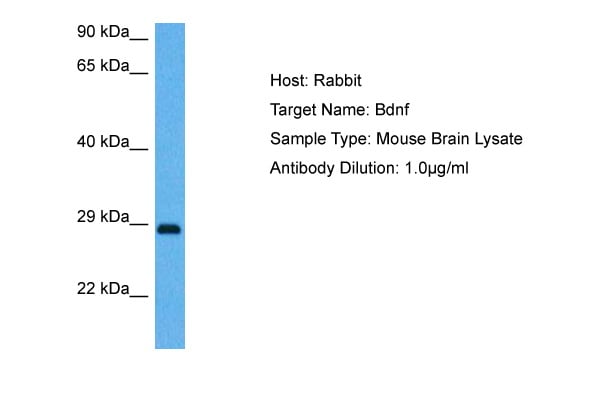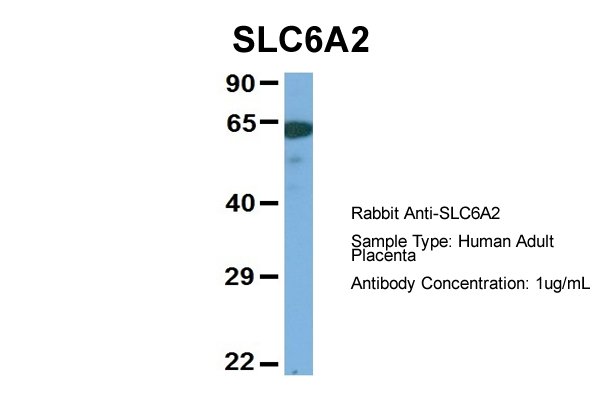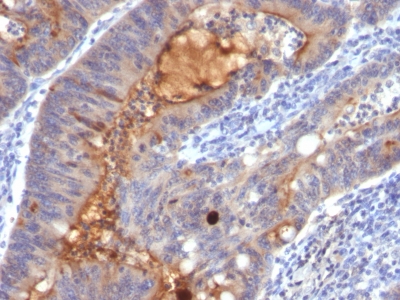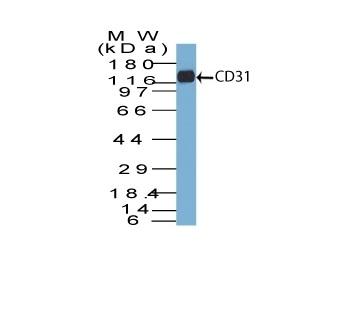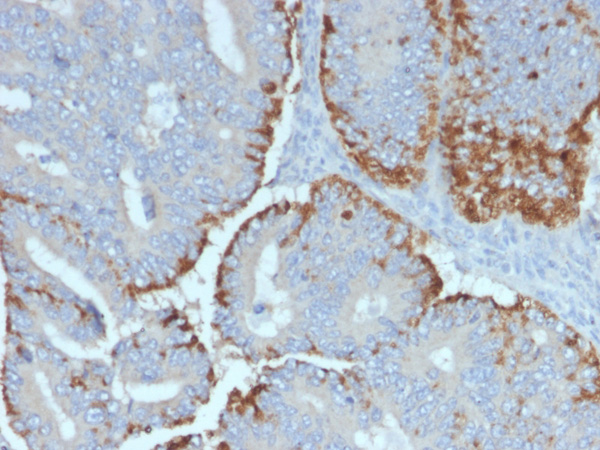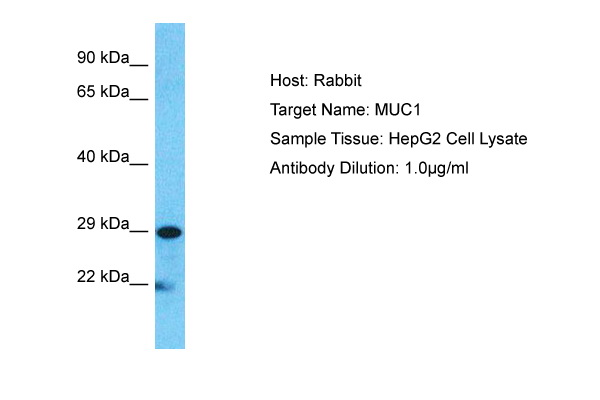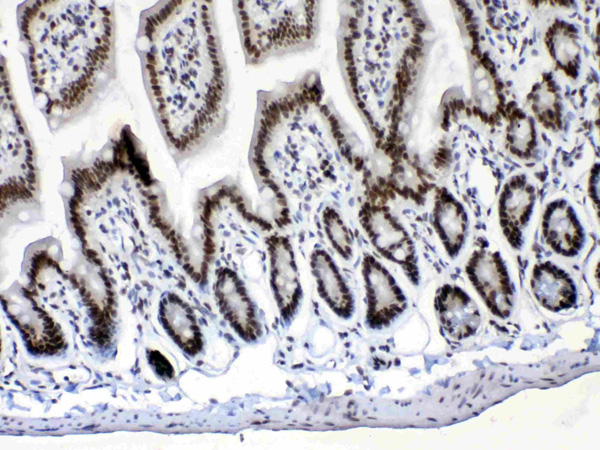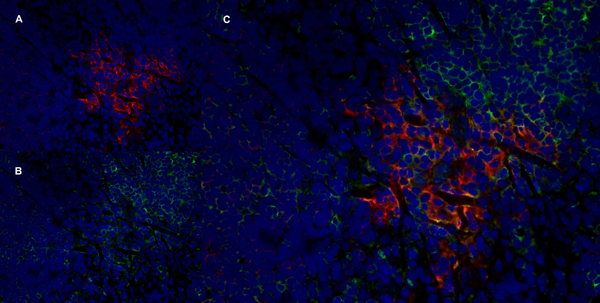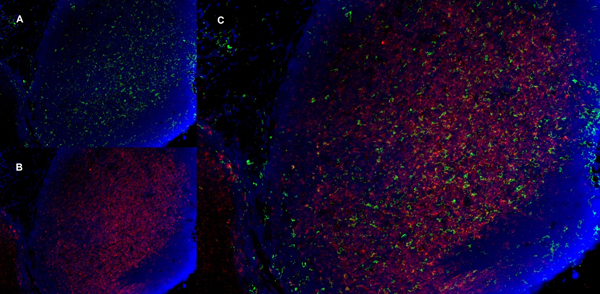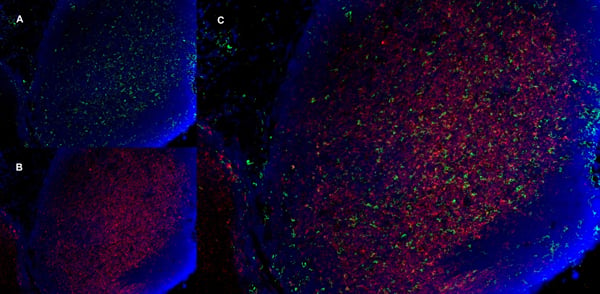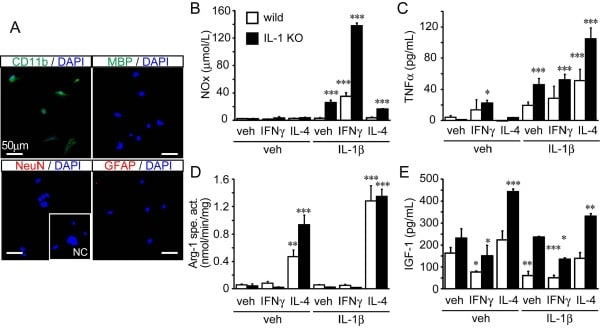Filters
Clonality
Type
Reactivity
Gene Name
Isotype
Host
Application
Clone
44 results for " Tissue Specific Cell Marker" - showing 1-44
ACTB, Polyclonal Antibody (Cat# AAA23467)
kallikrein-related peptidase 3, ELISA Kit (Cat# AAA15354)
BDNF, Polyclonal Antibody (Cat# AAA23497)
Predicted Species Reactivity: Human, Mouse, Rat, Dog, Horse, Pig, Rabbit
SLC6A2, Polyclonal Antibody (Cat# AAA23496)
KRT8, Polyclonal Antibody (Cat# AAA23499)
KRT8, Polyclonal Antibody (Cat# AAA23498)
Cytokeratin 7, Monoclonal Antibody (Cat# AAA23922)
IgA Secretory Component / ECM1, Monoclonal Antibody (Cat# AAA13802)
MMP1, Polyclonal Antibody (Cat# AAA23500)
MSH2, Monoclonal Antibody (Cat# AAA23925)
CD31 / PECAM-1, Monoclonal Antibody (Cat# AAA13801)
Weakly reacts with Rat
Actin, Monoclonal Antibody (Cat# AAA13822)
ATG5, Monoclonal Antibody (Cat# AAA23947)
MUC1, Polyclonal Antibody (Cat# AAA23492)
S100A4/Metastasin/Calvasculin, Antibody (Cat# AAA23934)
Ep-CAM /CD326, Monoclonal Antibody (Cat# AAA13831)
Emerin, Monoclonal Antibody (Cat# AAA23899)
Ep-CAM /CD326, Monoclonal Antibody (Cat# AAA13838)
Does not react with Mouse and Rat
Nucleolin, Monoclonal Antibody (Cat# AAA13835)
Prohibitin, Monoclonal Antibody (Cat# AAA23932)
Emerin, Monoclonal Antibody (Cat# AAA23898)
Mesothelin, Monoclonal Antibody (Cat# AAA23897)
TACSTD2/TROP2, Monoclonal Antibody (Cat# AAA23900)
ERCC1/RAD10, Monoclonal Antibody (Cat# AAA23913)
Musashi 1/Msi1, Polyclonal Antibody (Cat# AAA19172)
No cross reactivity with other proteins
AMACR/p504S, Monoclonal Antibody (Cat# AAA23906)
CD25, Monoclonal Antibody (Cat# AAA12044)
PU.1 (SPI-1), Monoclonal Antibody (Cat# AAA23903)
Cytokeratin 15, Monoclonal Antibody (Cat# AAA23924)
Prohibitin, Monoclonal Antibody (Cat# AAA23933)
Ep-CAM/CD326, Monoclonal Antibody (Cat# AAA23890)
CD25, Monoclonal Antibody (Cat# AAA11966)
S100B, Monoclonal Antibody (Cat# AAA23893)
OCT-2 (POU2F2), Monoclonal Antibody (Cat# AAA23902)
Cytokeratin 15, Monoclonal Antibody (Cat# AAA23923)
CD25, Monoclonal Antibody (Cat# AAA11965)
Vimentin, Monoclonal Antibody (Cat# AAA13810)
Does not react with Mouse and Rat

















